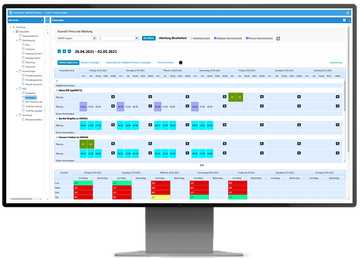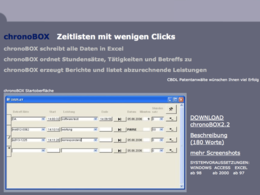

This is one of the reasons it is hard to look at a charge curve and say “right, it will take 20 minutes”. Most “curves” have a stepped look as the car’s charger adjusts the power at different states of charge.

TIMETOOL LOGIN FULL
Or you calculate the charging time for a full charge if you plan on having a longer stop anyway.īy the way, you can click on the “Charging curve” tab to see it in chart form. You can, for example, leave yourself a bigger safety margin if you think an upcoming charger may be out of order. This list will grow over time, of course.Īs we mentioned, our tool can calculate the charge time required for any range – the typical 10%-80%, a full 0%-100% and anything in between. You can find the list of all models supported by the tool over here. Since we’re using real world data, the Charging time tool is available only for some models (those that have visited Fastned’s stations). The company operates hundreds of charging stations and bases the curves on averages from multiple cars to ensure the data is accurate. These estimates are based on real-world charge curves kindly provided by Fastned. Here is a live demo of the Charging time tool: Just set the starting and target states of charge and the type of charger you plan on using and you will get an estimation of how long it will take – a quick coffee break or lunch? Your charge range and charger type settings will be remembered so that you don't have to dial them in every time. That's where our easy-to-use calculator steps in. However, these can be difficult to read and require doing complex math to figure out the time you need to spend charging. The important thing to look at is the charge curve, which traces how charging power actually changes as the state of charge increases. However, these are achieved only for a short period of time, the rest of the time charging is done at lower power to protect the battery. You may know that some cars support impressive peak charging speeds - 200kW or more. This leaves you a safety margin on the bottom end and avoids the slowest part of the charge curve (the last 20% or so). As a rule of thumb for long-distance travel, you are supposed to stop at around 10% battery remaining and charge up to 80%. The Charging time tool is available for select models and gives you an estimate based on the desired charging range and the type of charger at the station. Earlier this year we launched the Real world range tool to help future EV owners answer the question “how far can this car go before I need to stop at a charging station?” Now we’re launching a companion tool that will help you answer the question of what happens once you get to the station.


 0 kommentar(er)
0 kommentar(er)
